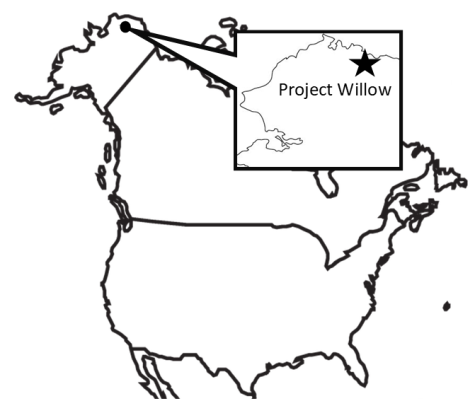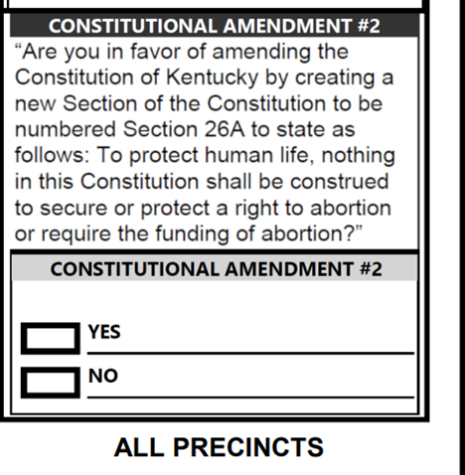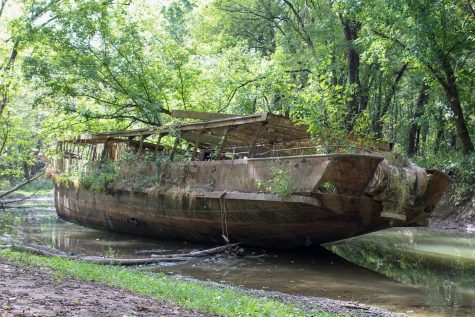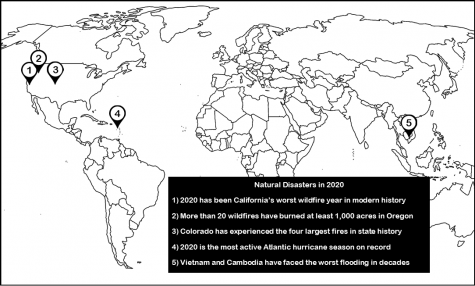Beyond Boone (March Issue 2019)
March 28, 2019
Tornados leave 23 dead in Alabama
Southeastern storm was deadliest in U.S. since 2013
Multiple tornadoes tore through the southeast on March 2, leaving 23 dead and dozens more injured and missing; the youngest victim was a 6-year-old boy.
It was the deadliest day for tornadoes in the U.S. since 2013.
Damage from the storms spread across three states—Alabama, Georgia, and Florida— leaving over 10,000 homes and businesses temporarily without power.
The largest tornadoes from the storms were recorded as “EF4’s” on the Enhanced Fujita Scale, meaning the damage was “severe.”
All 23 deaths were recorded in Lee County, Ala., where two tornadoes, one reported as “half a mile wide,” touched down within an hour of each other.
Lee County Sheriff Jay Jones confirmed three of the known dead were children—a 6-year-old, 9-year-old and 10-year-old.
The 10-year-old, identified as Taylor Thornton, had been camping with a friend when the storm hit; the friend survived.
Just a day after the storms, search-and-rescue teams began to form to locate the missing. Lee County Sheriff Jay Jones confirmed the possibility that the death toll could continue to rise as the days continued, and that the number currently missing is “in the double digits.”
“This is the worst natural disaster that has ever occurred in Lee County,” said county EMA Director Kathryn Carson to WSFA 12 news. “Most of us cannot remember anything ever creating this much of a loss of life and injuries in our citizens.”
Scott Filmer, a resident of Lee County, told CNN that he received notice of the tornadoes mere minutes before they made impact.
“From the time we got the warning on our phones to the time the tornado was about 4-5 minutes,” Filmer said. “My wife grabbed our pets and ran for our laundry room. I could literally hear the tornado coming. It sounded like a freight train,” President Donald Trump tweeted the following day to offer his support, and promised that Alabama would receive “the A Plus treatment,” by the Federal Emergency Management Agency.
“To the great people of Alabama and surrounding areas: Please be careful and safe. Tornadoes and storms were truly violent and more could be coming,” Trump said. “To the families and friends of the victims, and to the injured, God bless you all!”
Military tension building in Kashmir
Lately there has been an increase in tensions between nuclear-powers India and Pakistan over the disputed territory of Kashmir.
Kashmir is a territory that is currently shared between India and Pakistan, but both India and Pakistan want it to themselves. Both countries have taken measures to claim it as their own.
Three wars have so far been fought over Kashmir, with the latest being the Kargil War of 1999, which ended in a decisive victory for India, and a complete severing of ties between the two nations.
The most recent standoff was on Feb. 14, when a Pakistani suicide bomber from the group Jaish-e-Mohammed killed more than 40 Indian soldiers.
Jaish-e-Mohammed is a terrorist group that is linked to Al-Qaeda.
Outraged, the Indian military delivered several air strikes onto a Jaish-e-Mohammed camp on the Pakistan side of Kashmir on Feb. 26.
The Pakistani military responded to the violation of its area of control by shooting down two Indian fighter jets on Feb. 28.
None of these attacks have sparked a war or caused either country to forfeit their land and there have been no further attacks.
Hostility between the neighboring countries began following the 1947 partition of British India, which separated India and Pakistan into eventual independent republics; the partition resulted in millions of deaths and a still-active refugee crisis.
Following the recent incidents, Pakistani officials said on March 5 that they would begin to take stronger action on the active terrorist groups within the Pakistan-India borders—a promise, experts say, that they have made and broken before.
Dhruva Jaishankar, an Indian foreign policy expert, said that “there is no evidence that Pakistan has made serious attempts at dismantling this terrorist infrastructure,” citing the aid of terrorist groups by the Pakistani military on the India-Pakistan border.
Officials representing the Pakistan Prime Minister Imran Khan refuted claims of doubt, saying that their situation is urgent and he does not wish to become “an international pariah.”
Samuel Colmar also
contributed to this story.








